Other names Sultan Muhammed Shah Died July 11, 1957 Name Aga III | Initiation 1885 | |
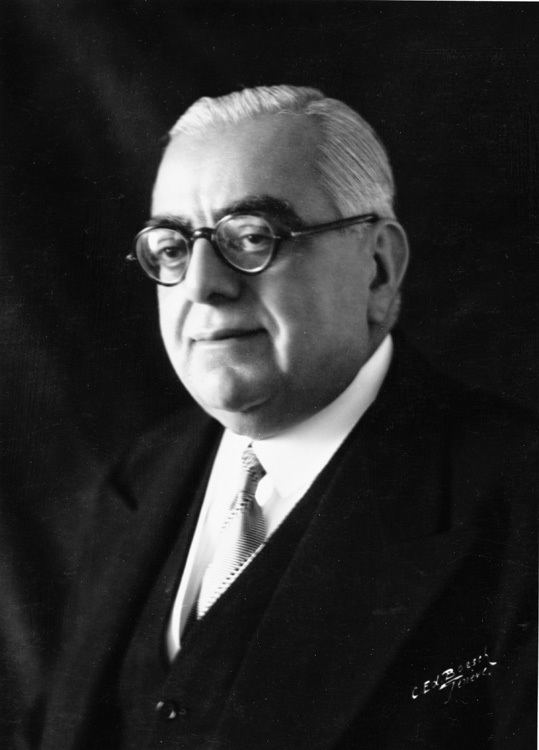 | ||
Successor Karim al-Hussayni (grandson) Children Prince Aly Khan, Prince Sadruddin Aga Khan, Prince Giuseppe Mahdi Aga Khan Spouse Begum Aga Khan III (m. 1944), Andree Josephine Carron (m. 1929–1943) Books World Enough and Time: The Memoirs of Sir Sultan Mohammed Shah Aga Khan III. Parents Shams al-Muluk, Aga Khan II Similar People Aga Khan IV, Prince Aly Khan, Begum Aga Khan III, Prince Sadruddin Aga Khan, Aga Khan I | ||
Ptv news special documentary on sir sultan muhammad shah aga khan iii
Sir Sultan Muhammed Shah, Aga Khan III (2 November 1877 – 11 July 1957) was the 48th Imam of the Nizari Ismaili community. He was one of the founders and the first president of the All-India Muslim League (AIML). His goal was the advancement of Muslim agendas and protection of Muslim rights in India. The League, until the late 1930s, was not a mass organisation but represented the landed and commercial Muslim interests of the British-ruled 'United Provinces' (today's Uttar Pradesh). He shared Sir Syed Ahmad Khan's belief that Muslims should first build up their social capital through advanced education before engaging in politics. Aga Khan called on the British Raj to consider Muslims to be a separate nation within India, the so-called 'Two Nation Theory'. Even after he resigned as president of the AIML in 1912, he still exerted major influence on its policies and agendas. He was nominated to represent India to the League of Nations in 1932 and served as President of the League of Nations from 1937–38.
Contents
- Ptv news special documentary on sir sultan muhammad shah aga khan iii
- Aga Khan III
- Early life
- Career
- Imamate
- Racehorse ownership and equestrianism
- Marriages and children
- Publications
- Death succession and legacy
- Titles styles and honours
- Additional reading
- References
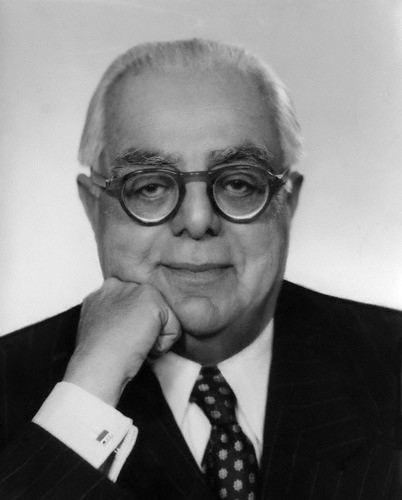
Aga Khan III
Early life
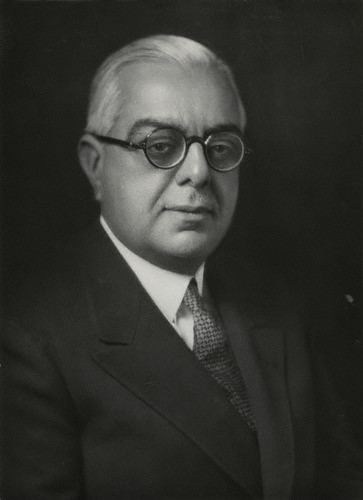
He was born in Karachi, the capital of Sindh province in British India, (now Pakistan) to Aga Khan II and his third wife, Nawab A'lia Shamsul-Muluk, who was a granddaughter of Fath Ali Shah of Persia/Iran (Qajar dynasty).

Under the care of his mother, he was given not only that religious and Oriental education which his position as the religious leader of the Ismailis made indispensable, but a sound European training, a boon denied to his father and paternal grandfather. He also attended Eton and University of Cambridge.
Career
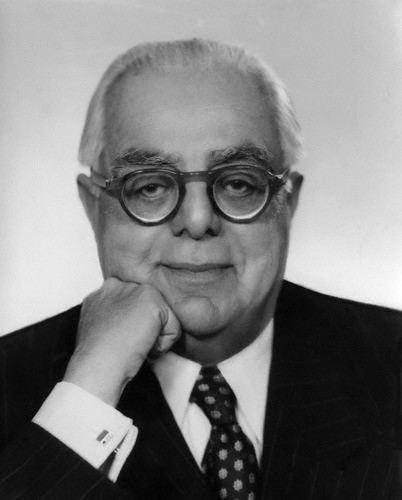
In 1885, at the age of eight, he succeeded his father as Imam of the Shi'a Isma'ili Muslims.
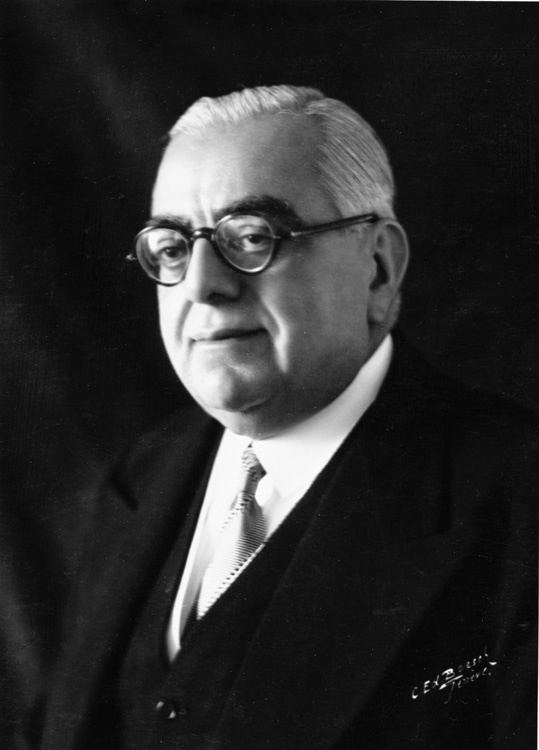
The Aga Khan travelled in distant parts of the world to receive the homage of his followers, and with the object either of settling differences or of advancing their welfare by financial help and personal advice and guidance. The distinction of a Knight Commander of the Indian Empire was conferred upon him by Queen Victoria in 1897 (and later Knight Grand Commander in 1902 by Edward VII). He was made a Knight Grand Commander of the Order of the Star of India by George V (1912). He was appointed a GCMG in 1923. He received like recognition for his public services from the German Emperor, the Sultan of Turkey, the Shah of Persia and other potentates.

In 1906, the Aga Khan was a founding member and first president of the All India Muslim League, a political party which pushed for the creation of an independent Muslim nation in the north west regions of India, then under British colonial rule, and later established the country of Pakistan in 1947.

During the three Round Table Conferences (India) in London from 1930-32, he played an important role to bring about Indian constitutional reforms.
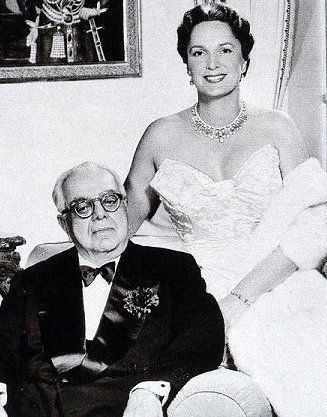
In 1934, he was made a member of the Privy Council and served as a member of the League of Nations (1934–37), becoming the President of the League of Nations in 1937.
Imamate
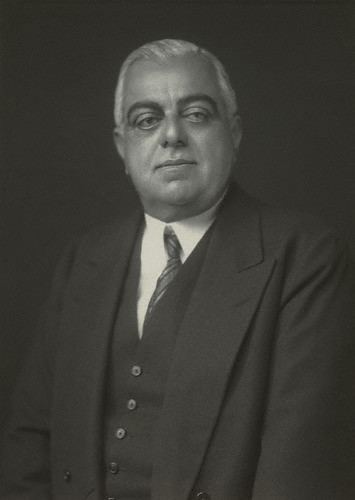
Under the leadership of Sir Sultan Muhammad Shah, Aga Khan III, the first half of the 20th century was a period of significant development for the Ismā'īlī community. Numerous institutions for social and economic development were established in the Indian Subcontinent and in East Africa. Ismailis have marked the Jubilees of their Imāms with public celebrations, which are symbolic affirmations of the ties that link the Ismāʿīlī Imām and his followers. Although the Jubilees have no religious significance, they serve to reaffirm the Imamat's worldwide commitment to the improvement of the quality of human life, especially in the developing countries.
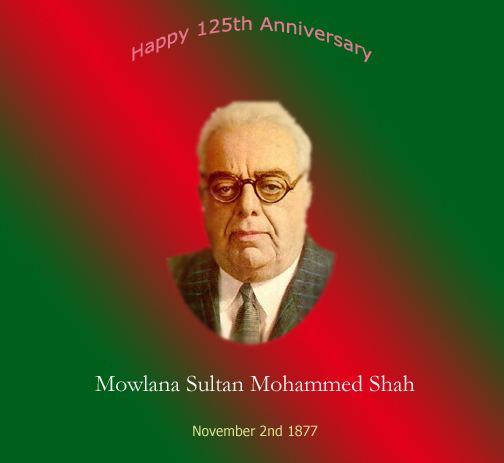
The Jubilees of Sir Sultan Muhammad Shah, Aga Khan III, are well remembered. During his 72 years of Imamat (1885–1957), the community celebrated his Golden (1937), Diamond (1946) and Platinum (1954) Jubilees. To show their appreciation and affection, the Ismā'īliyya weighed their Imam in gold, diamonds and, symbolically, in platinum, respectively, the proceeds of which were used to further develop major social welfare and development institutions in Asia and Africa.
In India and later in Pakistan, social development institutions were established, in the words of Aga Khan III, "for the relief of humanity". They included institutions such as the Diamond Jubilee Trust and the Platinum Jubilee Investments Limited which in turn assisted the growth of various types of cooperative societies. Diamond Jubilee High School for Girls were established throughout the remote Northern Areas of what is now Pakistan. In addition, scholarship programs, established at the time of the Golden Jubilee to give assistance to needy students, were progressively expanded. In East Africa, major social welfare and economic development institutions were established. Those involved in social welfare included the accelerated development of schools and community centres, and a modern, fully equipped hospital in Nairobi. Among the economic development institutions established in East Africa were companies such as the Diamond Jubilee Investment Trust (now Diamond Trust of Kenya) and the Jubilee Insurance Company, which are quoted on the Nairobi Stock Exchange and have become major players in national development.
Sir Sultan Muhammad Shah also introduced organizational forms that gave Ismāʿīlī communities the means to structure and regulate their own affairs. These were built on the Muslim tradition of a communitarian ethic on the one hand, and responsible individual conscience with freedom to negotiate one's own moral commitment and destiny on the other. In 1905 he ordained the first Ismā'īlī Constitution for the social governance of the community in East Africa. The new administration for the Community's affairs was organised into a hierarchy of councils at the local, national, and regional levels. The constitution also set out rules in such matters as marriage, divorce and inheritance, guidelines for mutual cooperation and support among Ismā'īlīs, and their interface with other communities. Similar constitutions were promulgated in India, and all were periodically revised to address emerging needs and circumstances in diverse settings.
Following the Second World War, far-reaching social, economic and political changes profoundly affected a number of areas where Ismāʿīlīs resided. In 1947, British rule in the Indian Subcontinent was replaced by the sovereign, independent nations of India, Pakistan and later Bangladesh, resulting in the migration of millions people and significant loss of life and property. In the Middle East, the Suez crisis of 1956 as well as the preceding crisis in Iran, demonstrated the sharp upsurge of nationalism, which was as assertive of the region's social and economic aspirations as of its political independence. Africa was also set on its course to decolonisation, swept by what Harold Macmillan, the then British prime minister, termed the "wind of change". By the early 1960s, most of East and Central Africa, where the majority of the Ismāʿīlī population on the continent resided, including Tanganyika, Kenya, Uganda, Madagascar, Rwanda, Burundi and Zaire, had attained their political independence.
Racehorse ownership and equestrianism
He was an owner of thoroughbred racing horses, including a record equalling five winners of the Epsom Derby (Blenheim, Bahram, Mahmoud, My Love, Tulyar) and a total of sixteen winners of British Classic Races. He was British flat racing Champion Owner thirteen times. According to Ben Pimlott, biographer of Queen Elizabeth II, the Aga Khan presented Her Majesty with a filly called Astrakhan, who won at Hurst Park Racecourse in 1950.
In 1926, the Aga Khan gave a cup (the Aga Khan Trophy) to be awarded to the winners of an international team show jumping competition held at the annual horse show of the Royal Dublin Society in Dublin, Ireland every first week in August. It attracts competitors from all of the main show jumping nations and is carried live on Irish national television.
Marriages and children
Publications
He wrote a number of books and papers two of which are of immense importance, namely (1) India in Transition, about the prepartition politics of India and (2) World Enough & Time – The Memoirs of Sir Sultan Mohammed Shah, Aga Khan III, his autobiography.
Death, succession and legacy
Aga Khan III was succeeded as Aga Khan by his grandson Karim Aga Khan, who is the present Imam of the Ismaili Muslims. At the time of his death on 11 July 1957, his family members were in Versoix. A solicitor brought the will of the Aga Khan III from London to Geneva and read it before the family:
“Ever since the time of my ancestor Ali, the first Imam, that is to say over a period of thirteen hundred years, it has always been the tradition of our family that each Imam chooses his successor at his absolute and unfettered discretion from amongst any of his descendants, whether they be sons or remote male issue and in these circumstances and in view of the fundamentally altered conditions in the world in very recent years due to the great changes which have taken place including the discoveries of atomic science, I am convinced that it is in the best interest of the Shia Muslim Ismailia Community that I should be succeeded by a young man who has been brought up and developed during recent years and in the midst of the new age and who brings a new outlook on life to his office as Imam. For these reasons, I appoint my grandson Karim, the son of my own son, Aly Salomone Khan to succeed to the title of Aga Khan and to the Imam and Pir of all Shia Ismailian followers”
He is buried in at the Mausoleum of Aga Khan, on the Nile in Aswan, Egypt. 24.088254°N 32.878722°E / 24.088254; 32.878722
Pakistan Post issued a special 'Birth Centenary of Agha Khan III' postage stamp in his honor in 1977.
Pakistan Post again issued a postage stamp in his honor in its 'Pioneers of Freedom' series in 1990.
